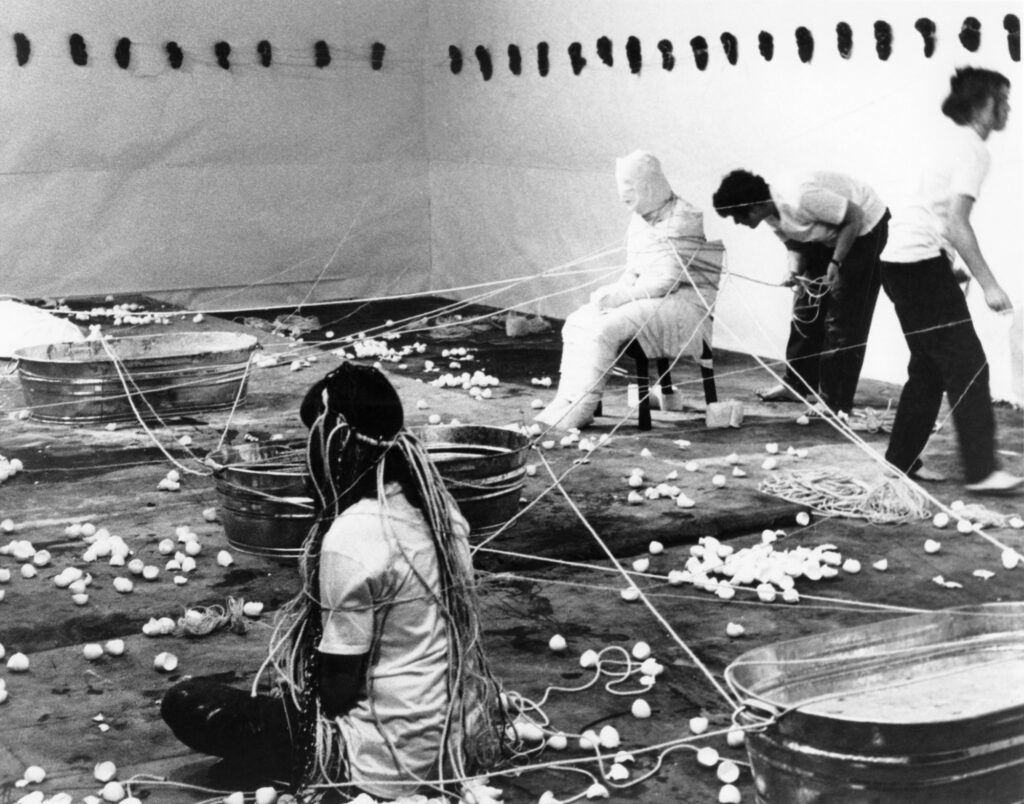This weeks reading broke down activism and made it simple for me to understand. I learned that it existed throughout history in different forms, and how it changed over time. In contrast with bloody revolutions and mass protests that were common in the past, a lot of today’s activism happens online. Because of this, I realized that it is something everyone can do through resources they have. All of us have access to different fields and to different knowledge. I think it is important to use them for good, and to share the knowledge you have, because it can complete someone else’s understanding of an issue. You don’t have to necessarily stand outside on the street for hours, or write a manifesto and try to spread it somehow. All you need to share something is an internet platform.
The documentary I watched this week is called “The Vessel.” It is about activists that work together to combat restrictions of reproductive rights. Rebecca Gomperts, who is a central figure of the documentary, gave me a sense of empowerment as I watched the film. She is a Dutch physician who used her authority in healthcare to address the abortion rules imposed in many countries. It was heartbreaking to see how much resistance and negativity she had to face upon arriving in all of those countries. She and her team received threats, blockades from the governments and protests specifically aimed at them. Yet Rebecca didn’t seem discouraged and sad because of it. In fact, I felt like this resistance fueled her dedication more and more. The team eventually starts to create an underground network of activists around the world who train women how to conduct self-managed abortions. Its amazing to me. Not only the film was very enlightening, it also gave me an idea of what my activism can be about and inspired to be more vocal about it.

